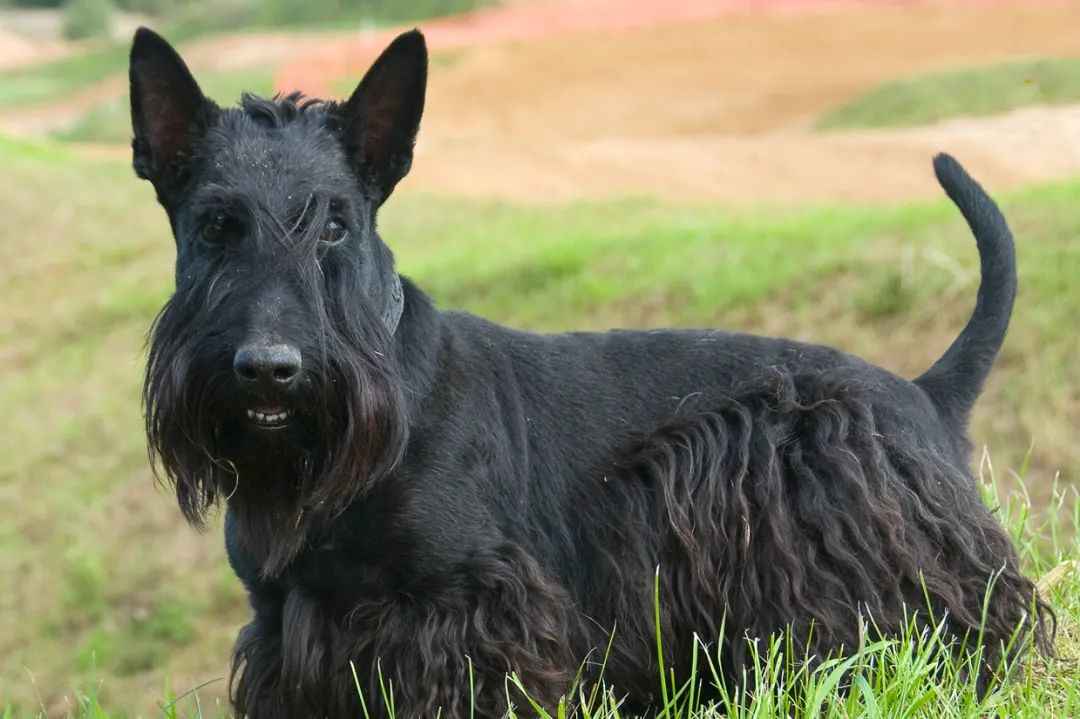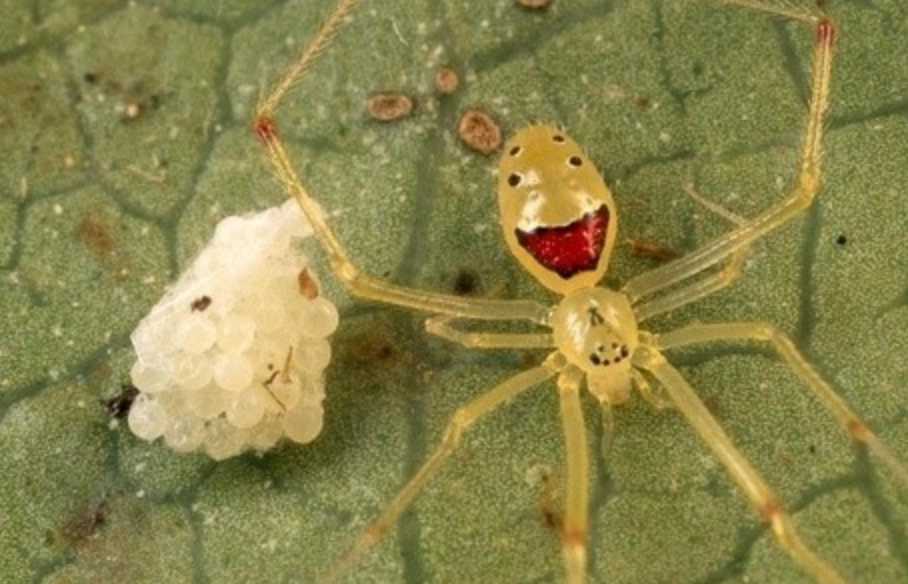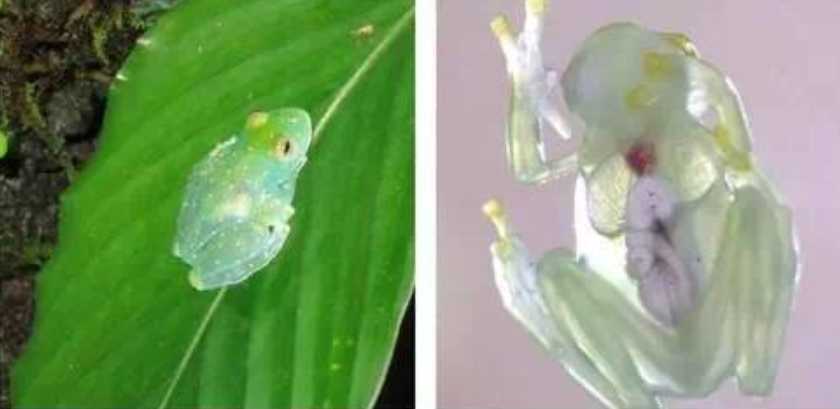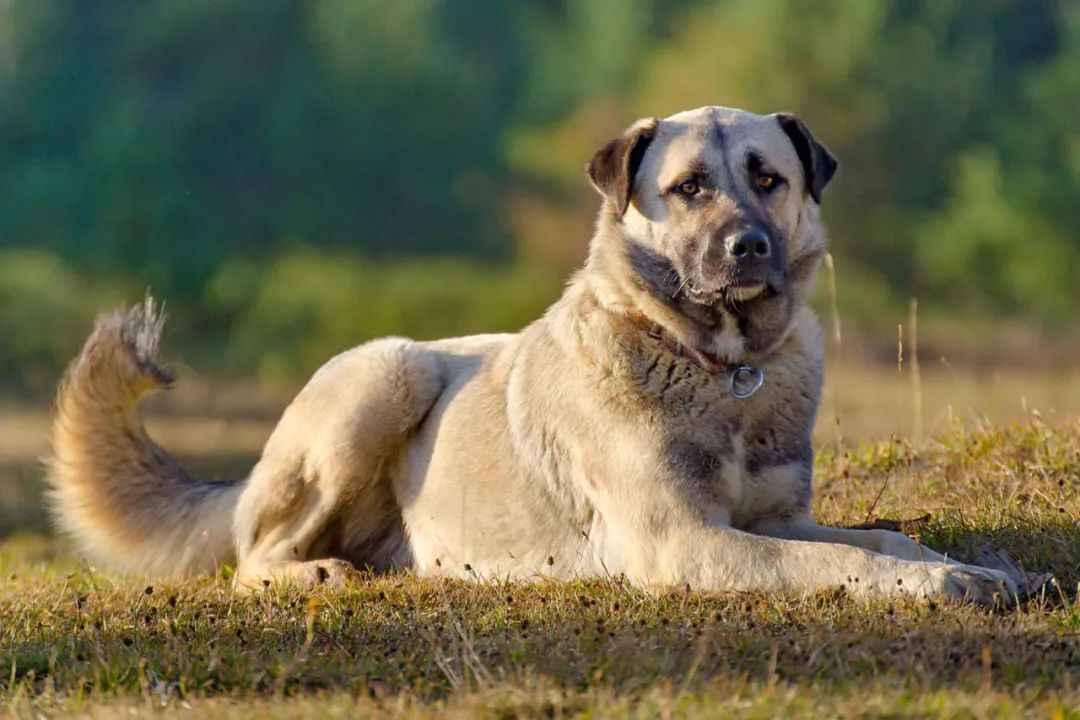Timeless Elegance: The Scottish Terrier’s Legacy in the Modern World
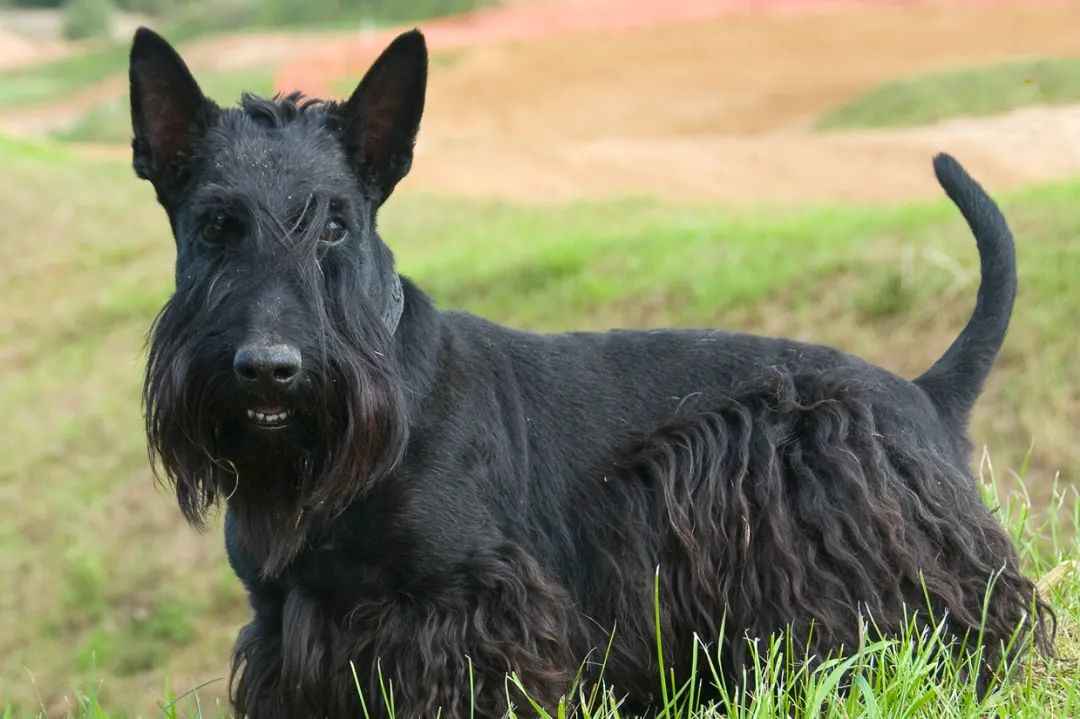
Source: Images from the Internet, if there is any infringement, please contact the removal of
The Scottish Terrier, affectionately known as the “Scottie,” stands as a living testament to Scotland’s rugged heritage and canine craftsmanship. With origins deeply rooted in the Highlands, these compact, short-legged terriers were originally bred to hunt vermin and small game, showcasing a tenacity and courage that remains ingrained in their DNA7. Today, while their primary role has evolved into cherished companions, their distinctive appearance—characterized by a wiry double coat, bushy beard, and alert almond-shaped eyes—continues to captivate dog enthusiasts worldwide6.
Historical Legacy and Cultural Significance
The breed’s history dates back centuries, with early records hinting at their existence as far back as the 17th century. By the late 19th century, Scottish Terriers gained international recognition, with the American Kennel Club officially registering them in 18857. Their popularity surged in the 1930s, when President Franklin D. Roosevelt’s Scottie, Fala, became a White House icon, symbolizing loyalty and resilience. Even Queen Elizabeth II counted Scotties among her beloved pets, solidifying their status as a symbol of regal elegance7.
Distinctive Physical Traits and Temperament
Weighing between 18–22 pounds and standing at 10 inches tall, Scottish Terriers embody strength in a small package. Their dense, weather-resistant coat—typically black, wheaten, or brindle—requires regular grooming to maintain its texture6. Known for their confident and independent nature, Scotties are fiercely loyal to their families but may exhibit a stubborn streak, earning them the nickname “the diehard”2. While they thrive on human companionship, their strong prey drive and territorial instincts necessitate early socialization to coexist harmoniously with other pets12.
Health Challenges and Innovations
Despite their hardy reputation, Scottish Terriers face significant health risks. 遗传性血管性血友病(von Willebrand’s disease), a blood-clotting disorder, affects up to 20% of the breed, while bladder cancer incidence is alarmingly high—approximately 20% of Scotties develop this malignancy in their lifetime39. Recent advancements, however, offer hope. A groundbreaking study by Purdue University’s College of Veterinary Medicine pioneered early bladder cancer screening using ultrasounds and urine analysis, detecting tumors in 27% of asymptomatic dogs and improving treatment outcomes9. Other common issues include Cushing’s disease, allergies, and Scotty cramp—a neurological condition causing muscle spasms34.
Modern Adaptability and Care
In contemporary households, Scottish Terriers thrive on structured routines and mental stimulation. Daily walks and interactive play sessions help channel their energy, while obedience training fosters their natural intelligence. A balanced diet rich in antioxidants supports their immune system, particularly crucial for managing genetic predispositions3. Responsible breeders prioritize health screenings, including DNA tests for von Willebrand’s disease and hip evaluations, to mitigate hereditary risks12.
As guardians of a breed with a storied past, owners and veterinarians alike emphasize proactive care. Regular veterinary check-ups, combined with advancements in early detection, ensure that Scottish Terriers can lead vibrant lives, blending their historic grit with modern resilience. Whether trotting through a Scottish moor or curled by a fireplace, the Scottie remains a timeless symbol of courage and companionship.
-------- END --------
